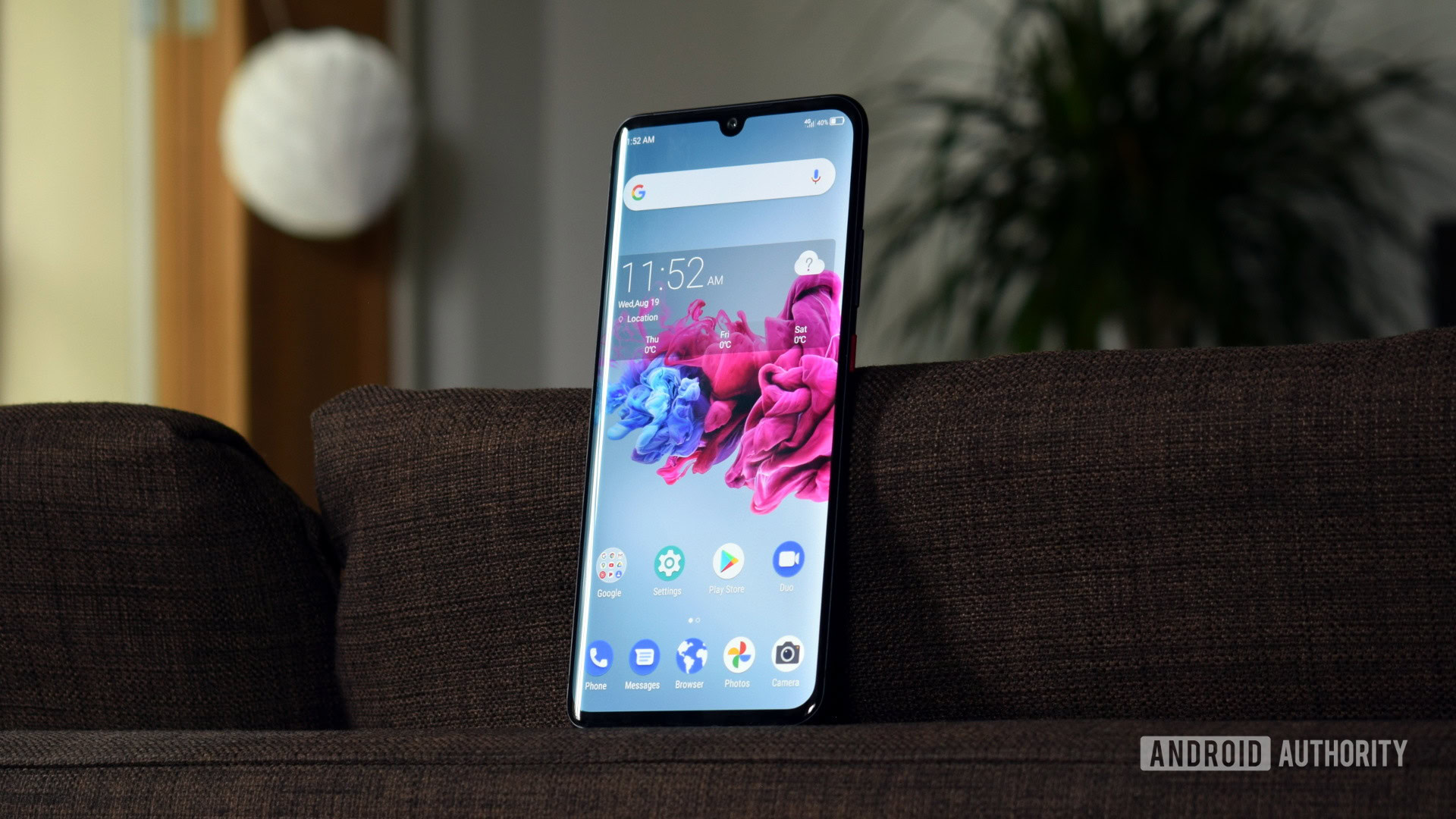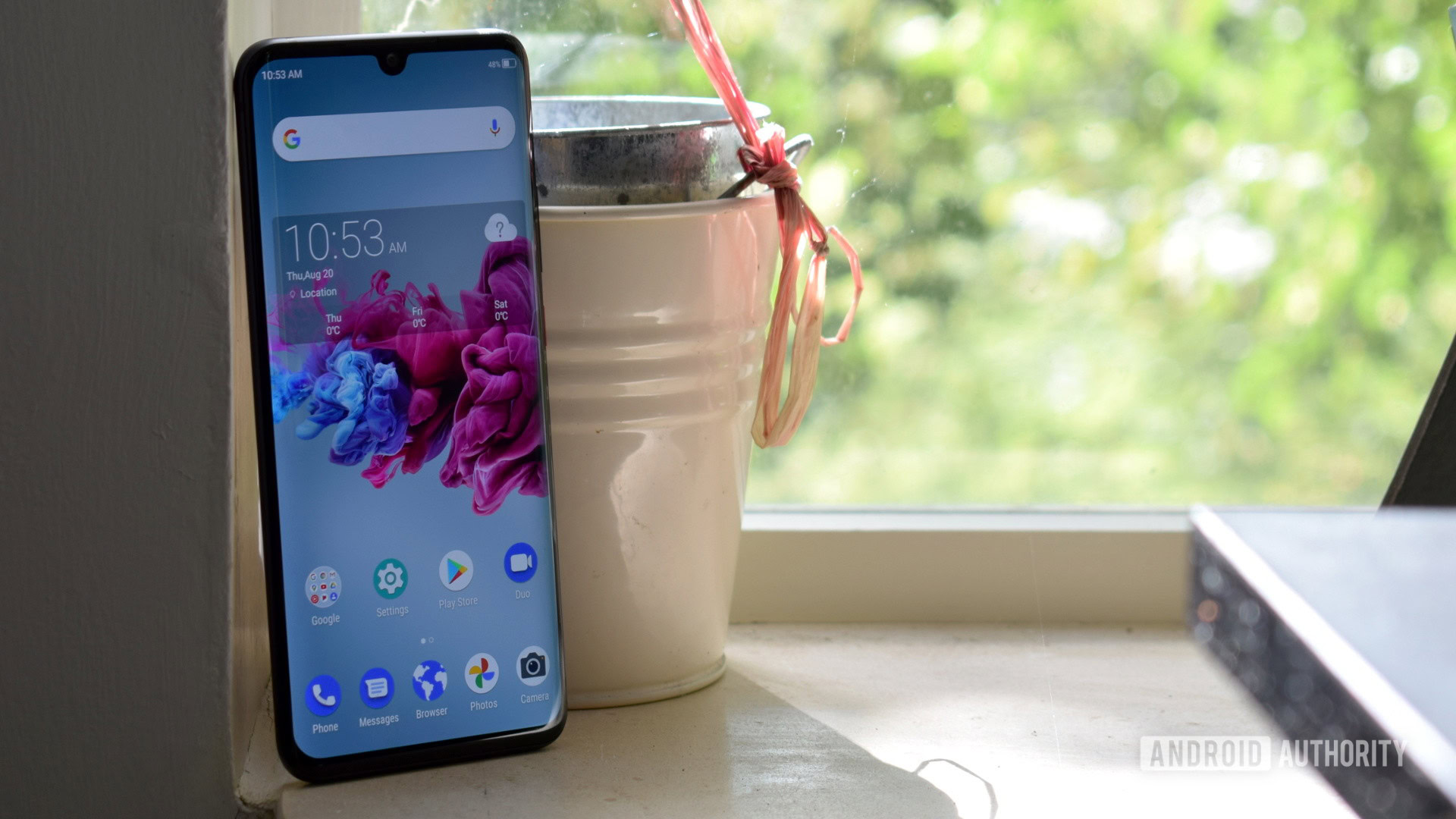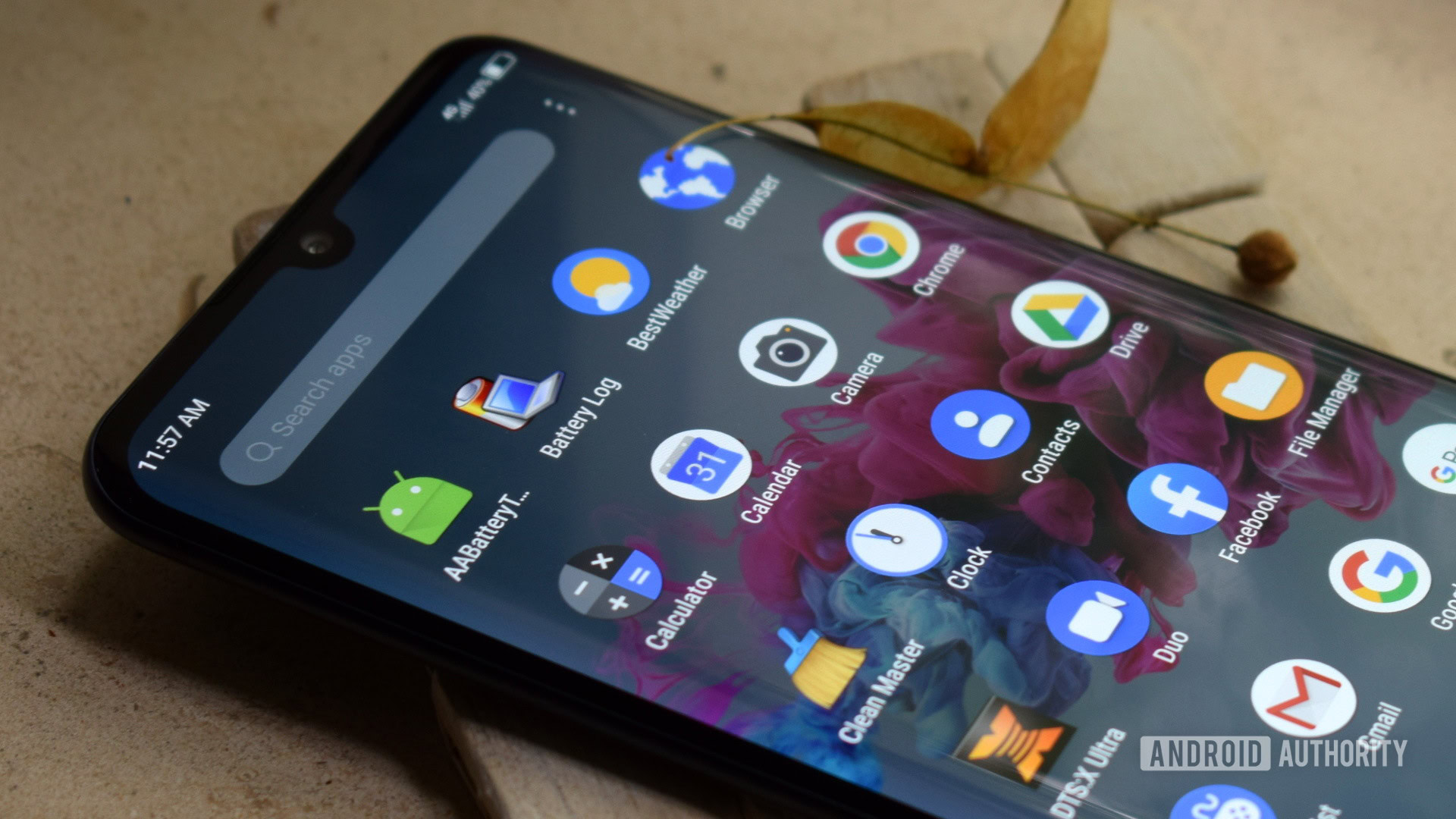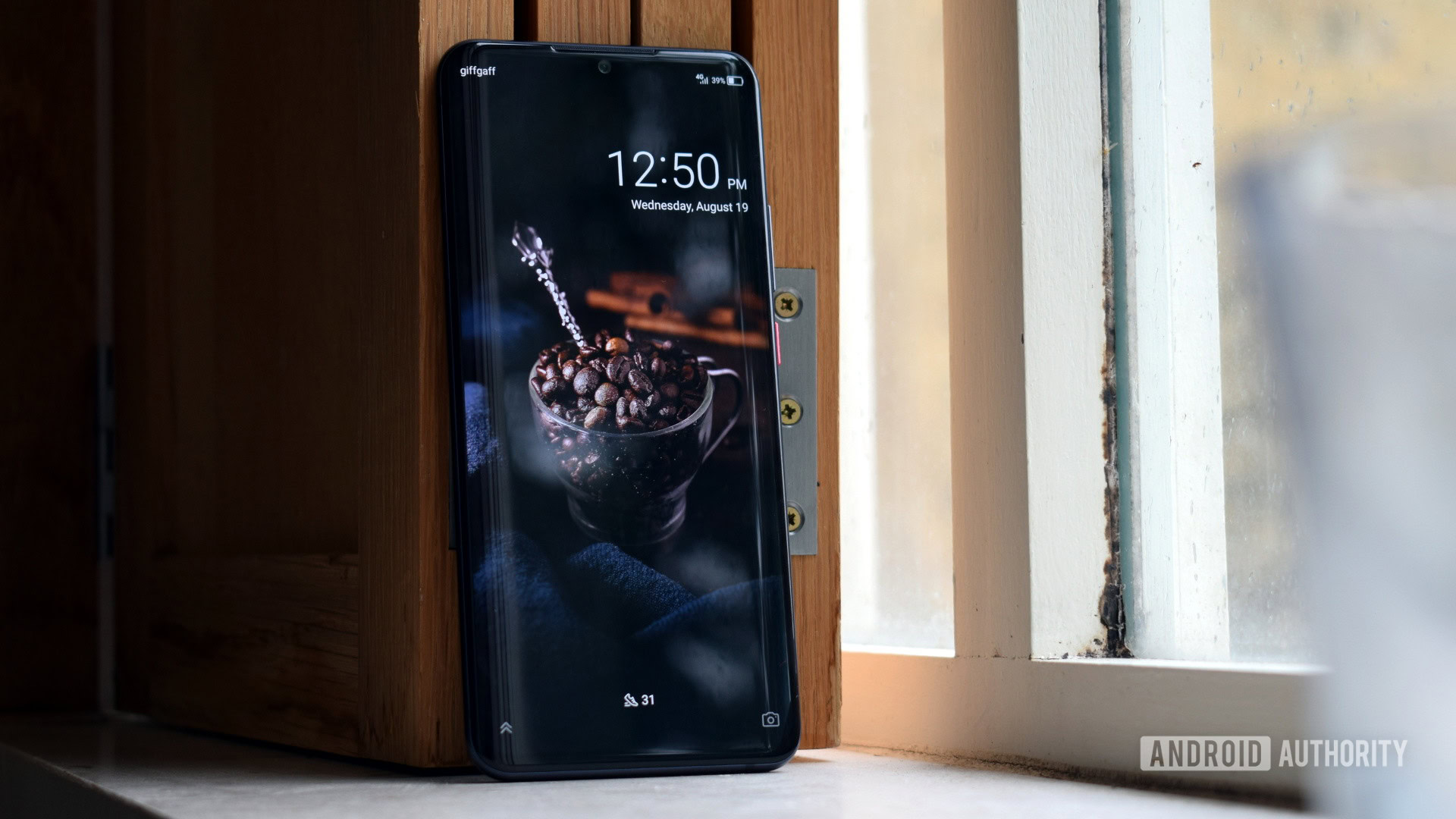Affiliate links on Android Authority may earn us a commission. Learn more.

ZTE Axon 11 5G review: More than just affordable 5G?
Published onAugust 26, 2022
ZTE Axon 11 5G
What we like
What we don't like
Our scores
ZTE Axon 11 5G
The ZTE Axon 11 5G is part of a new wave of affordable 5G-ready smartphones sweeping through the Android landscape. The aim of the game is to offer a comprehensive hardware package for day-to-day use while undercutting increasingly obscene $1,000+ flagship price tags. Does the ZTE Axon 11 5G have enough of a unique selling point to stand out in this increasingly competitive market segment?
What’s the ZTE Axon 11 5G all about?
The ZTE Axon 11 5G is the successor to 2019’s ZTE Axon 10 Pro, but the phone is more of a sideways step than a direct high-end replacement. If you’re after the latter, you’ll want to check out the upcoming ZTE Axon 20. Instead, the Axon 11 strives to introduce 5G to the Axon series without the usual premium-tier price tag.
While the Axon 10 Pro featured a high-end Snapdragon 855 processor, the Axon 11 5G opts for a mid-range Snapdragon 765G. That said, day-to-day performance is as responsive as ever and the phone is also well suited to some light gaming sessions. Just don’t expect to max out any graphics settings.
Read more: Qualcomm Snapdragon 765G vs Snapdragon 865
However, the Axon 11 5G loses out on the 10 Pro’s Qi wireless charging. Moreover, it drops the telephoto camera sensor for macro and depth sensors, which, frankly, are nowhere near as useful. Sadly there’s no headphone jack, which remains a reasonably common feature on more affordable devices. The speakers, while passable, lack bass too, but there’s an excellent assortment of Bluetooth codec support for wireless playback. An IP dust and water resistance rating doesn’t make an appearance either, but that’s to be expected at this price.
Overall, the ZTE Axon 11 5G is a markedly mid-range package, with some familiar pros and cons that you tend to find at this price bracket.
What it’s like to use the ZTE Axon 11 5G?

The Axon 11 5G is a quintessential 2020 smartphone. Competent for everything you’ll do on the daily, but it doesn’t offer anything to stand above the crowd. 5G is certainly nice to have, but it’s not a killer feature given that it’s quickly becoming standard and network availability remains hit and miss around the world.
That said, the hardware package is comprehensive enough. The FHD+ AMOLED display doesn’t suffer from any major issues, but it’s not the most accurate we’ve tested either. There’s no fancy high 90Hz or 120Hz refresh rate that you’ll find on some of its rivals. The handset is nice to hold at 7.9mm thick and just 168g, making it pretty lightweight for a 6.47-inch device. The overall design is decent, with a subtle curve to the display edges. The plastic feels a little cheap, however, and the rear camera housing is a bit ugly, and the notch looks too 2018. The red power button and volume rockers are easy to reach on the upper right side though, and both feel solid enough.
Overall, the phone is more functional than stylish. But that’s not necessarily a bad thing.
The phone retains a reasonably snappy, if not the most secure, optical in-display fingerprint scanner. 18W fast charging with Quick Charge 4+ support has you back up to 45% juice in half an hour. Although the phone takes nearly two hours to fully charge, which is rather slow. Fortunately, the large 4,000mAh battery easily lasts through a full day of moderate use. Although gaming is a bit more of a battery drain.
The ZTE Axon 11 caters to your essential smartphone experience, with a drop of 5G for good measure
Circling back to the camera, this is the phone’s biggest irritant. Four cameras sound great on paper, but it’s a below-par package. The Axon 11 5G is a textbook example where two or even one good rear camera would be preferable. The main camera is by far the best but is a tad aggressive with post-processing, making the digital-only zoom rather unpleasant to use. It can produce some nice-looking pictures with good colors and white balance. But the HDR implementation is poor, detail is so-so, and low-light pictures aren’t great. I wouldn’t bother with the 64MP shooting mode, as you don’t end up with anywhere near enough detail for the huge file size trade-off.
The wide-angle and macro cameras are where things go downhill. The former completely lacks detail, even in daylight, and suffers from noticeable edge-distortion. Its fixed focal point is too short, leaving distant details out of focus. The 2MP macro lens isn’t much better. It looks passable in great lighting, is useless in low light, and ultimately I’m not sure when I’d ever use it. The depth sensor helps with bokeh accuracy, but it’s again quite hit and miss. Furthermore, ZTE’s blur effect looks rather basic and isn’t as nice as you’ll find on high-end phones.
On the plus side, the phone offers 4K 60fps video capture, a feature you won’t normally find at this price point. Video capture quality is OK, although not perfectly crisp in daylight. Image quality degrades quickly and substantially once the lights go down, rendering 1080p, let alone 4K60, pointless outside of perfect conditions. There’s also a red tint on the right half of the video in low light. I can’t state enough just how poor low-light video quality is compared to rival handsets.
Full-resolution photos can be viewed here.
Turning to the software, MiFavor 10.1 is a reasonably stock-like interface with a few of its own quirks thrown in. These include a built-in screen recorder and the ability to pick between traditional on-screen buttons or gesture-based navigation. Although the swipe up and hold for recent apps gesture is a bit unreliable. You’ll have to go digging to find all the options. ZTE’s setting suggestions aren’t as helpful as they could be at navigating the labyrinth of sub-menus. But overall, MiFavor is a streamlined and highly usable UI.

ZTE Axon 11 5G: The good…
- Good size that handles well. It’s lightweight and pretty slim for a large handset.
- Performance and battery life. The combination of a mid-range Snapdragon 765G processor and 4,000mAh battery easily last all day.
- The software. The European model has a very lightweight UI that offers just the right range of tweaks.
…and the bad
- The cameras. The main sensor is passable, but the other three cameras verge on useless.
- Video recording. In low light, videos are terribly grainy and virtually unusable.
- The design. Plastic trim feels a bit cheaply constructed. Not a great-looking handset.
ZTE Axon 11 5G specs
| ZTE Axon 11 5G | |
|---|---|
Display | 6.47-inch AMOLED 2,340 x 1,080 (19.5:9) In-display fingerprint sensor |
Processor | Qualcomm Snapdragon 765G 1x Prime @ 2.3GHz (Cortex-A76) 1x Performance @ 2.2GHz (Cortex-A76) 6x Efficiency @ 1.8GHz (Cortex-A55) Adreno 620 GPU |
RAM | 6GB / 8GB |
Storage | 128GB / 256GB |
Cameras | Rear: 64MP, f/1.9, 0.8µm, with PDAF 8MP, f/2.2, 120˚ wide angle 2MP, f/2.4 macro 2MP, f/2.4 depth Front: 20MP, f/2.0, 1.0μm |
Battery | 4,000mAh Non-removable 18W wired charging |
IP Rating | No |
Software | MiFavor 10.1 Android 10 |
ZTE Axon 11 5G review: Should you buy it?

The ZTE Axon 11 5G has been available in Europe since June 2020 and has already seen a slight discount from its €600 (~$680) launch price. It’s currently available for €549.49, which is what we’d expect based on the hardware on offer. However, that’s a crowded price point that has some serious competition this year.
Ultimately the ZTE Axon 11 5G is priced uncomfortably close to the more powerful OnePlus 8 and the very stylish LG Velvet — both of which retail below €600 and support 5G too. If you’re looking for something a bit more budget-friendly, you can grab the 765G-equipped OnePlus Nord for just €399, which covers all of the basics, including 5G support, as well as the Axon 11. Or there’s the POCO F2 Pro, which does macro-photography so much better. There are plenty of good choices for affordable 5G smartphones at the moment and the Axon 11 isn’t quite as well rounded as its rivals.
This isn’t to say the ZTE Axon 11 5G is a bad phone; it handles the essentials well enough. However, with a mediocre camera setup, awful low-light video, and no unique selling point, you’ll probably want to check out some of this year’s more exciting mid-range handsets.